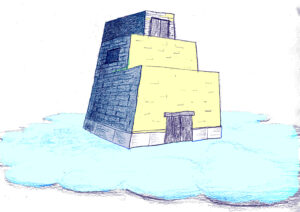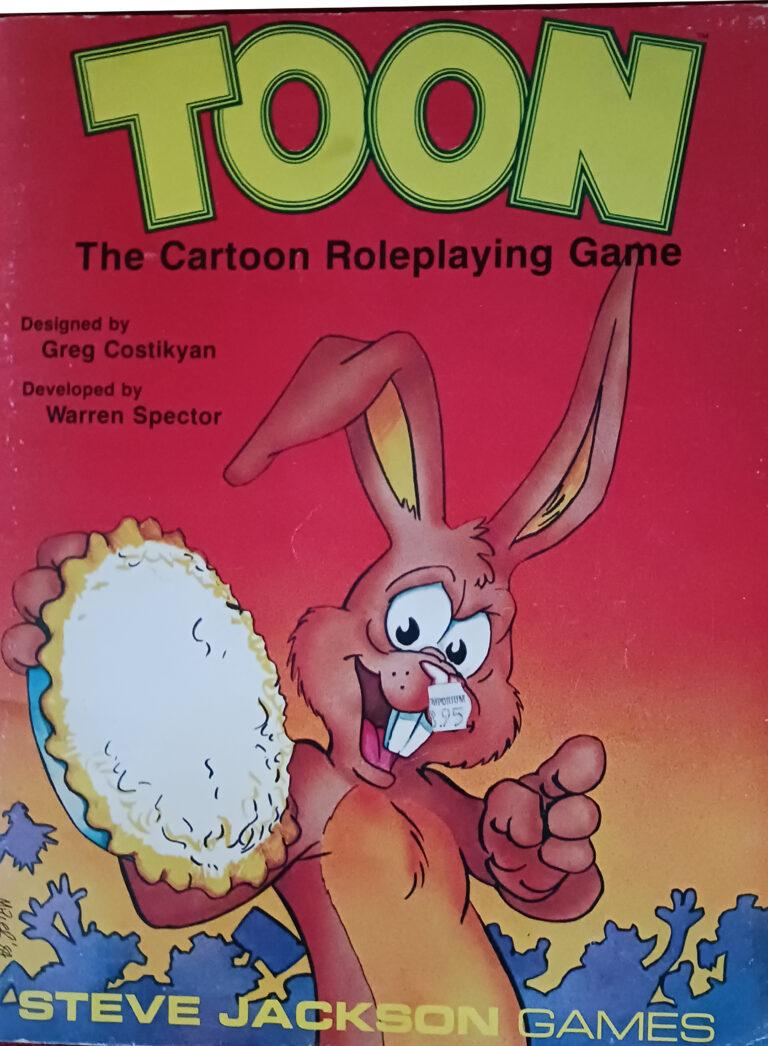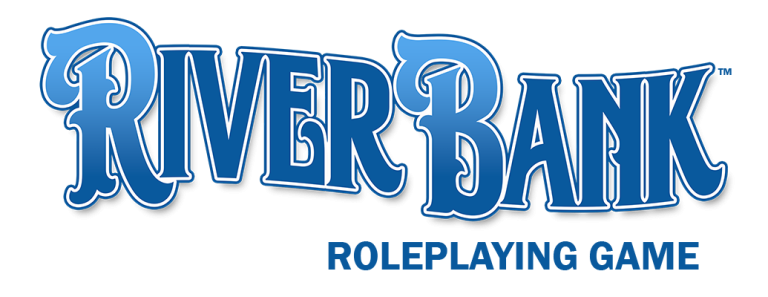By Jason Campbell
The past few years I hear more and more people who give TTRPG advice for GMs recommend the five room dungeon concept to build one shots. But where does the idea come from? Why five? Why a dungeon?

The Origins of the Five Room Dungeon
No idea comes from nothing, everything is an evolution, but the person responsible for the idea is Johnn Four. He gives advice for running and playing TTRPGs on his site https://www.roleplayingtips.com/ where you can find all sorts of free downloads as well as purchase his book. I first heard about the Five Room Dungeon concept from Mike Shea (aka Sly Flourish) and Matt Colville among others, but it’s worth noting (as Mike does) that Johnn came up with the concept.
Why Five Rooms?
There’s many reasons, but one important one is that it fits well into a 3 hour game session. It works for a 4 hour session as well, you just have more time for slightly more complex encounters. The timing is dependent on the game system. For a 5e based game or Pathfinder, you’ll likely have time for the introductory encounter, 2 combats, a social encounter and a trap or puzzle. In a system like FATE or Cypher System your combats will likely take less time, so the encounters could be more complex, adding additional creatures to a social encounter or adding minions to a combat encounter. Of course you can’t be sure whether an encounter will result in combat or social interaction, but you’ll find that the time to resolve conflicts is roughly the same.
Having five rooms also allows you to design an encounter that is likely to result in a social encounter, a combat, exploration or traps, and then a couple more that will tie it all together. The first encounter will set the tone, so if it’s a horror game you’ll want the environment to be creepy, or if it’s high fantasy you’ll have the chance to show off creative use of magic.
Why a Dungeon?
Well actually… it doesn’t have to be a dungeon. It could be any sort of adventure environment. The word dungeon is there to call back to the world’s most popular role playing game, and to fantasy games as the leading genre of TTRPGs. The concept could more accurately be called a Five Encounter Adventure. It works well to explore a small keep or dungeon. But it works just as well for five encounters in a jungle, on a sea voyage, or traveling a strange ethereal dimension. No matter the environment you’ll want an opening scene, an early conflict, a misdirected non-ending, and a final conflict.
Conclusion
The five hour dungeon isn’t a rule, but a tool. If your group prefers longer sessions, or if they’d rather explore a setting over many sessions, design as you wish. The five room structure is still useful for planning a 3 or 4 hour session, since a longer setting can be broken into many groups of five encounters. A five encounter adventure gives you the advantage of a clean and satisfying ending (probably). If you’re running a longer adventure and prefer to end a session on a cliffhanger, you’ll need to adjust the five encounter template.
What do you think? Do you plan or enjoy playing in five room dungeons? Let us know in the comments!




